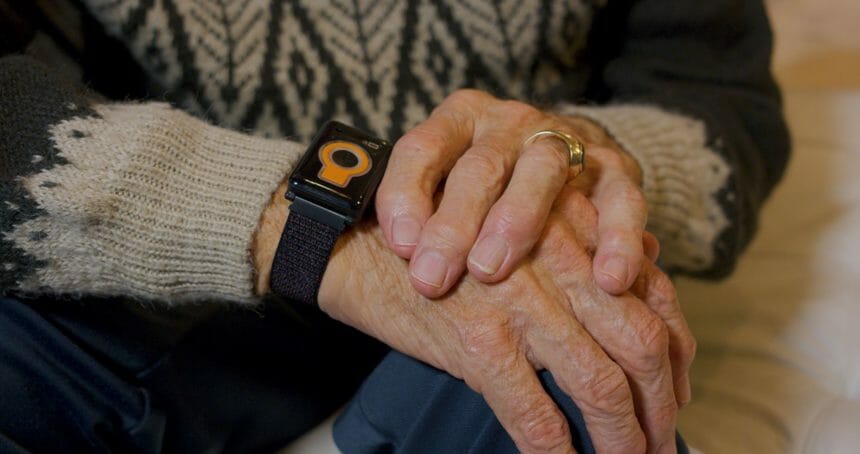
With senior living communities serving as potential hot spots for COVID-19, operators are looking at all types of infection control measures to contain or prevent the spread of the deadly virus.
Technology is emerging as a way to expedite the contact tracing process through wearable technology and smartphone apps. Contact tracing involves retracing the recent movement of someone who has tested positive to find, test and isolate anyone who has come in contact with that person.
Senior living communities are taking notice as their populations include highly vulnerable individuals who may come in contact with visitors, vendors, visiting healthcare providers and others.
“It makes you ready to make the best operational decisions at a moment’s notice,” Joseph Walter, executive director at LifeWell Senior Living’s The Legacy at Town Square facility said in a New York Times article. The Amarillo, TX, facility is using high-tech wristbands from CarePredict on its workers and residents to expedite contact tracing.
CarePredict recently launched its CarePredict PinPoint Toolset for senior living communities and nursing homes. The technology offers contact tracing, locating tracing, path tracing and room traffic tools for independent living, assisted living, memory care, nursing home and hospital facilities.
It uses real-time indoor location technology to retrace the path of an infected individual, determine who they had contact with, and the duration of exposure. The Path Tracing tool provides a “one-glance view of the path an infected person took through a facility in a specific period,” according to the company.
“The ability to understand the activity of our residents and team, in a time where social distancing and understanding movements have become even more critical due to COVID-19, will enable us to react and make real-time decisions for their safety and welfare,” Kimberly Erickson, president and COO of LifeWell Senior Living, said in a statement.
Other companies have technology offerings that could be used for contact tracing as well.
Microshare, a Philadelphia company that uses sensors to track hospital beds and wheelchairs, developed a Fitbit-style wearable Bluetooth device that can be used for workplace proximity tracing where cellphones aren’t accessible or allowed — such as senior living communities.
Microshare’s Universal Contact Tracing uses Bluetooth beacons, long-range scanners and low-power LoRaWAN networks to collect and securely transfer information. Staff members and residents are issued Bluetooth-enabled badges, key rings or wristbands that record “encounters” to a central database that is searchable and auditable for historic patterns. The technology allows facilities to trace past movements of those who test positive or develop symptoms, alerting them and anyone they were in contact with to possible exposure.
Other companies are looking at wearables to communicate with each other through Bluetooth signals. Myplanet and Ford Motor Co. are testing Bluetooth-based fitness trackers and smartwatches from Fitbit and Samsung Electronics, according to The New York Times. But one of Myplanet’s experiments found companies may encounter connection challenges related to variances in the devices’ Bluetooth technology. And Ford’s test of smartwatches found issues with Wi-Fi, which is not always available in large plants.
Apple and Google are collaborating on health data-sharing and COVID-19 contact-tracing technologies in the smartphone market. The two giants committed to building a Bluetooth-based contact-tracing functionality into their operating systems as an opt-in function.




